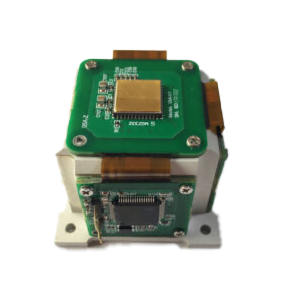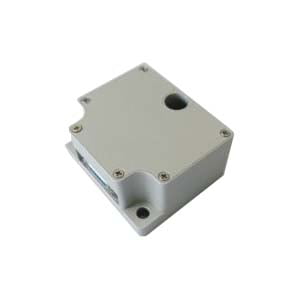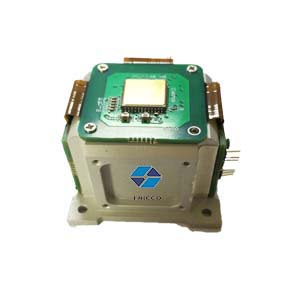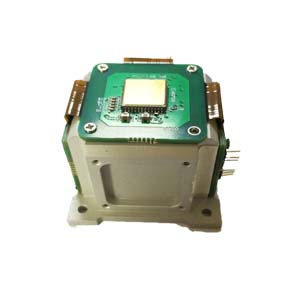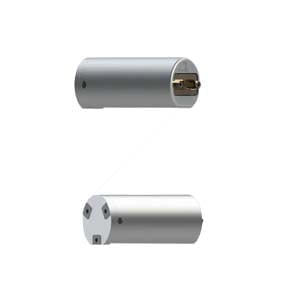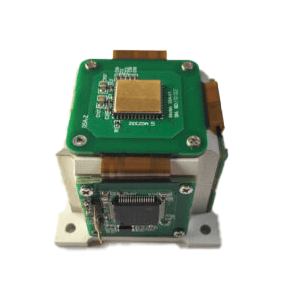MEMS IMU refers to the inertial measurement unit (IMU) in microelectromechanical systems (MEMS). MEMS refers to high-tech devices with dimensions of a few millimeters or even smaller. Its internal structure is generally on the micron or even nanometer scale and is an independent intelligent system. MEMS IMU usually contains a gyroscope and accelerometer, which can be used to measure the angular velocity and acceleration of an object to determine the object's motion state. Due to its small size, light weight, and low power consumption, MEMS IMU is widely used in navigation, positioning, attitude control and other fields.
MEMS IMU (microelectromechanical system inertial measurement unit) plays a vital role in detecting vehicle motion status. By integrating a MEMS IMU into a vehicle, various motion parameters of the vehicle, including acceleration, angular velocity, etc., can be monitored and measured in real time to determine the vehicle's motion status.
Specifically, MEMS IMU can detect changes in vehicle acceleration and angular velocity. By analyzing these data, the driving status of the vehicle can be determined, such as whether it is accelerating, decelerating, turning, or braking. In addition, combined with other sensor data such as GPS, MEMS IMU can also provide more accurate positioning and navigation information, which is of great significance to the development of autonomous driving and intelligent transportation systems. The adaptive method of MEMS-IMU to detect vehicle motion status will be introduced in detail below.
The adaptive method of using MEMS-IMU to detect vehicle motion status mainly involves the following steps:
1.System integration and data acquisition: First, the MEMS-IMU (microelectromechanical system-inertial measurement unit) is integrated into the vehicle, usually placed in key locations, such as the vehicle chassis or tires, to capture the vehicle's acceleration, angular velocity, etc. data. These data are transmitted in real time to subsequent processing units through the data acquisition system.
2.Data preprocessing: Since the original data may contain noise and outliers, data cleaning and filtering are required. Commonly used filtering algorithms include Kalman filters and complementary filters, which can remove noise and improve data quality.
3.Adaptive state detection: This is the core part, including the application of adaptive algorithms. Commonly used adaptive algorithms include, but are not limited to, adaptive filters, neural networks, and fuzzy logic systems. These algorithms can automatically adjust parameters based on dynamic changes in input data to better track and predict the vehicle's motion status. For example, an adaptive filter can adjust its internal parameters based on previous data to better match current signal characteristics.
4.Motion state classification: Based on the processed data, use classification algorithms (such as support vector machines, decision trees or random forests) to classify the vehicle's motion state. Common motion states include stationary, constant speed, acceleration, deceleration, turning, etc.
5.Feedback control: Based on the detected motion status, corresponding control strategies can be implemented. For example, in a self-driving vehicle, the vehicle's steering and speed can be automatically adjusted when a turn is detected.
6.Real-time optimization and update: Since the vehicle's motion state changes dynamically, the parameters of the adaptive algorithm need to be regularly updated and optimized to ensure continued accuracy and effectiveness.
7.System integration and testing: Finally, the entire adaptive detection system is integrated into the actual vehicle for testing to verify its performance and reliability. Make necessary adjustments and optimizations based on test results.
Summarize
Through the above method, MEMS-IMU can detect the motion status of the vehicle accurately in real time and provide important feedback information for vehicle control, autonomous driving and intelligent transportation systems. For example, ERICCO's ER-MIMU-08 can be applied to robot control and orientation in autonomous machines and unmanned vehicles, and can more accurately detect and measure motion states.
If you want to learn about or purchase MEMS IMU, please contact our relevant personnel.
More Technical Questions
1.IMU and GPS fusion algorithm principle
2.MEMS IMU error analysis and compensation
3.Reusable spacecraft IMU dynamic accuracy assessment method
4.Research on MEMS IMU error modeling and temperature compensation technology
5.Calibration method and error analysis of low-precision MEMS IMU
6.MEMS-IMU error calibration compensation method that does not rely on precision turntable
Products in Article
